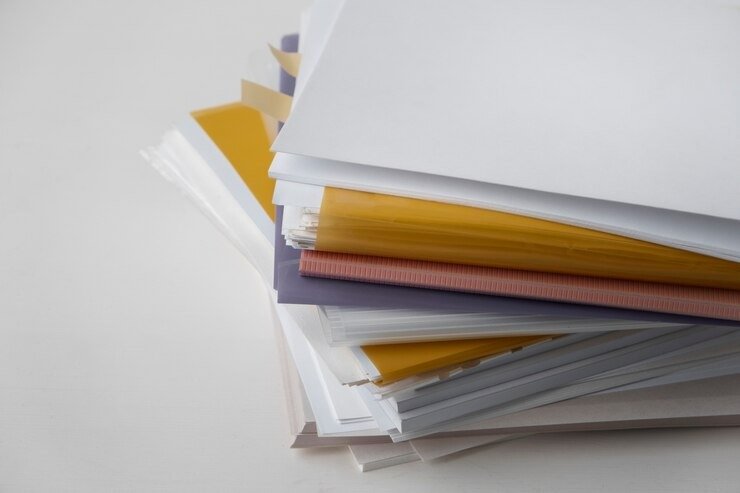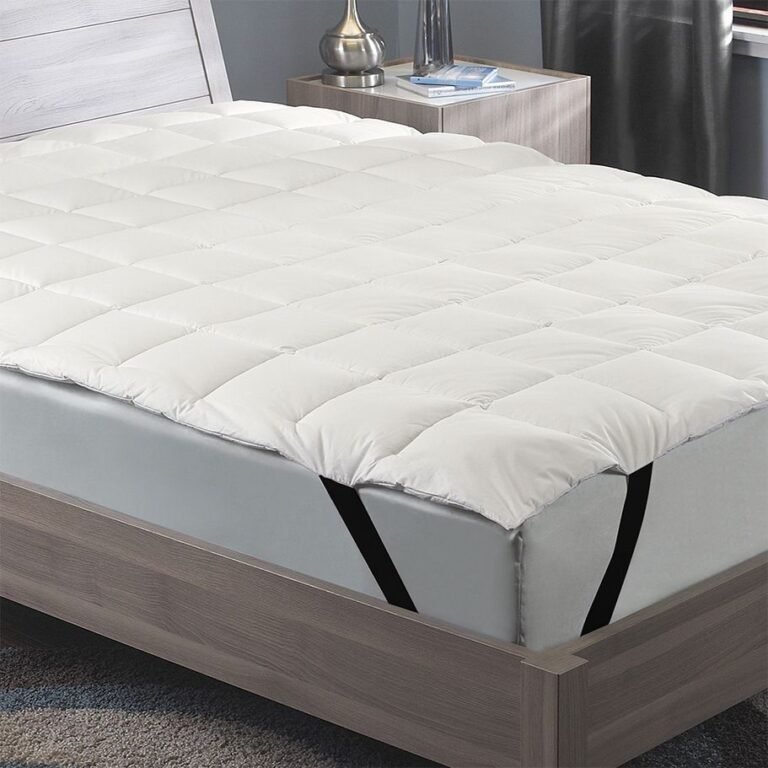Best Way to Store Printed 8 1/2 x 11 Pages: Ultimate Guide
Best Way to Store Printed 8 1/2 x 11 Pages
Printed pages in the standard 8 1/2 x 11 size are widely used for documents, reports, and personal papers. Proper storage of these pages is essential to keep them organized, prevent damage, and ensure they remain for future use. Whether you are dealing with a few pages or a large volume of documents, there are several practical storage solutions available to keep your printed pages in optimal condition.
1. Use of Folders and Binders
Folders
One of the easiest and most accessible ways to store a small number of printed pages is by using folders. Whether it’s a simple manila folder or a plastic one with dividers, folders are perfect for quick organization. They allow you to label and store documents based on categories, making it easier to find what you need later.
- Benefits: Easy labeling, lightweight, cost-effective.
- Best For: Personal documents, school papers, and receipts.
Binders
For a more structured organization of a larger volume of 8 1/2 x 11 pages, binders are highly recommended. Choose from a variety of sizes (typically 1-inch to 3-inch spines) depending on the number of pages you plan to store. Additionally, binder inserts or dividers can help categorize documents into sections.
- Benefits: Organized, reusable, protective.
- Best For: Reports, business documents, or archives.
2. Plastic Sleeves for Added Protection
Page Protectors
For important documents that need to remain pristine, plastic sleeves or page protectors provide an extra layer of protection. They are clear, flexible, and fit perfectly into binders. These protectors shield the printed pages from moisture, dirt, and general wear and tear. Using them can help you keep essential documents, like certificates or contracts, in excellent condition for years.
- Benefits: Water-resistant, transparent, protective.
- Best For: Certificates, legal documents, or anything you want to preserve long-term.
3. Storage Boxes for Bulk Documents
When dealing with a significant amount of 8 1/2 x 11 printed pages, storage boxes offer a practical solution. These boxes can store multiple folders or binders and provide a safe, dust-free environment. Opt for boxes that are specifically designed for document storage and are acid-free to avoid damage to the paper over time.
- Benefits: High capacity, stackable, dustproof.
- Best For: Archiving old documents, storing files in an office setting, or long-term storage.
4. Filing Cabinets for Efficient Organization
For those with continuous needs for document storage and retrieval, a filing cabinet is a robust solution. Filing cabinets are perfect for systematically organizing documents by date, category, or importance. Using hanging folders inside the drawers further helps keep everything in place and easily accessible.
- Benefits: Secure, large storage capacity, lockable.
- Best For: Office use, long-term document storage, and filing systems.
5. Digital Storage as a Backup Option
Even though physical storage is necessary for printed pages, creating digital backups can help safeguard against loss, damage, or misplacement. Scanning important pages and saving them on cloud storage platforms like Google Drive, Dropbox, or even an external hard drive provides an extra layer of security.
- Benefits: Backup protection, searchable, space-saving.
- Best For: Critical documents, contracts, or any paperwork that should never be lost.
6. Archival Paper and Acid-Free Envelopes for Long-Term Preservation
If you need to store documents that are irreplaceable or highly sensitive (e.g., legal papers, artwork, or historical documents), investing in archival paper and acid-free envelopes is ideal. These materials prevent the paper from yellowing or deteriorating over time due to acidity and environmental factors.
- Benefits: Preserves documents for decades, prevents damage.
- Best For: Important legal papers, certificates, and historical documents.
7. Avoid Environmental Damage
Finally, it’s essential to protect your stored printed pages from environmental factors such as moisture, light, and pests. Humidity and light can cause pages to fade, yellow, or even deteriorate, while pests like silverfish are known for feeding on paper. To avoid this:
- Store documents in a cool, dry place.
- Avoid direct sunlight to prevent fading.
- Consider using silica gel packets inside storage boxes to absorb excess moisture.
Conclusion
There are multiple options for storing 8 1/2 x 11 printed pages, from simple folders to more comprehensive solutions like binders, storage boxes, and filing cabinets. For long-term preservation, acid-free materials are essential. Additionally, creating digital backups is a great way to secure important documents in case of damage or loss. Properly organizing and storing your pages will keep them accessible, protected, and in good condition for years to come.
Why You Need To Read These Blog
Best Way to Store Printed 8 1/2 x 11 Pages: Ultimate Guide
Unlocking Potential: How to Hire App Developers for Your Startup’s Success
How to Create a Session Plan: A Step-by-Step Guide for Trainers






